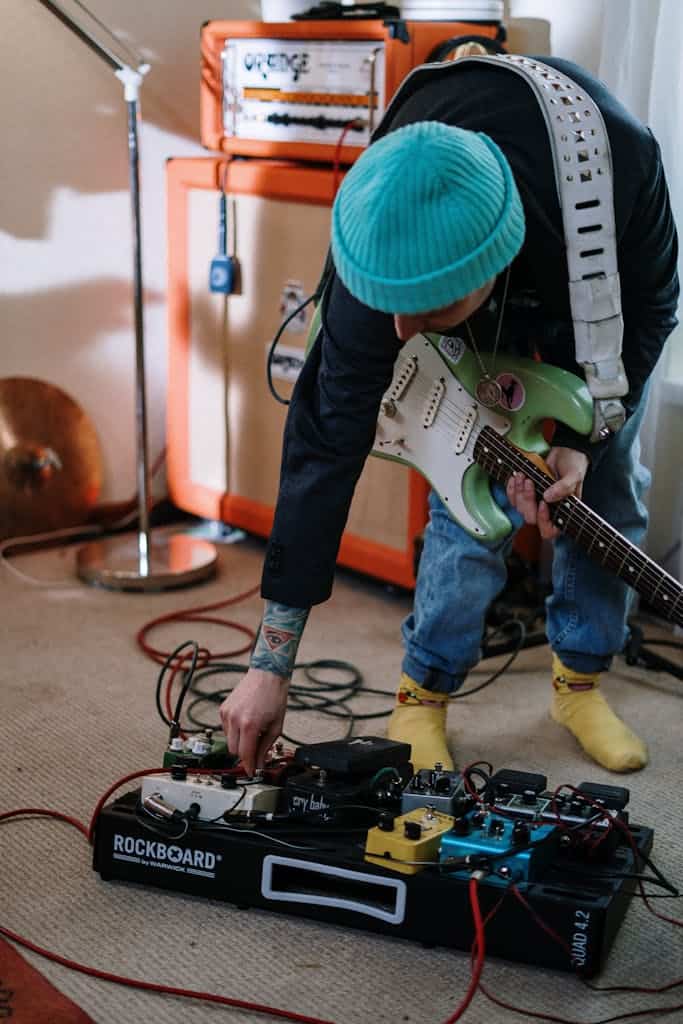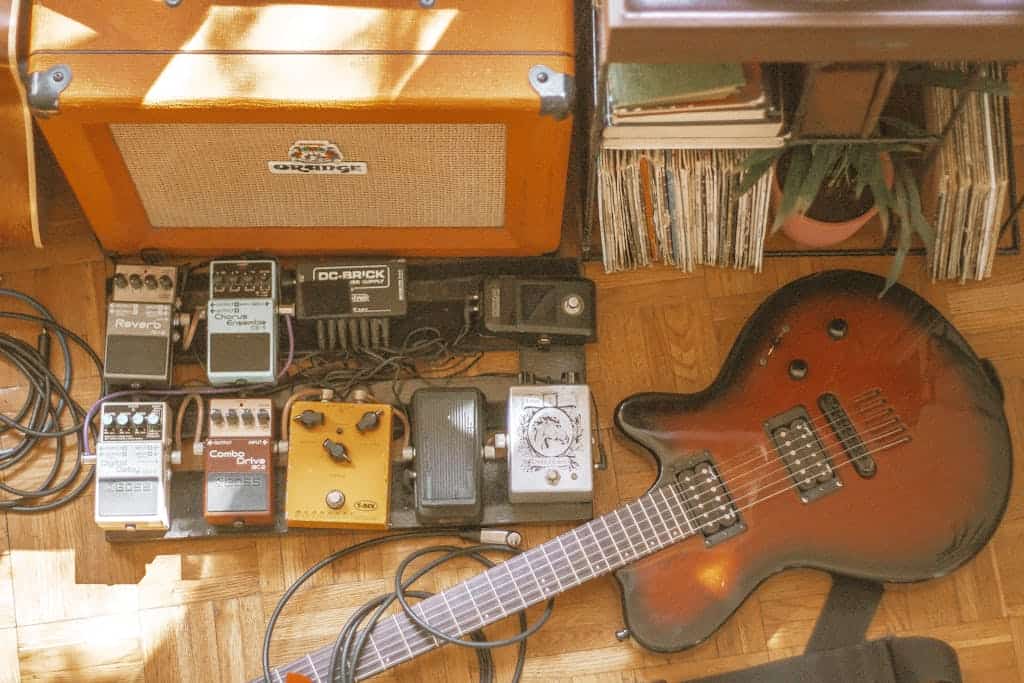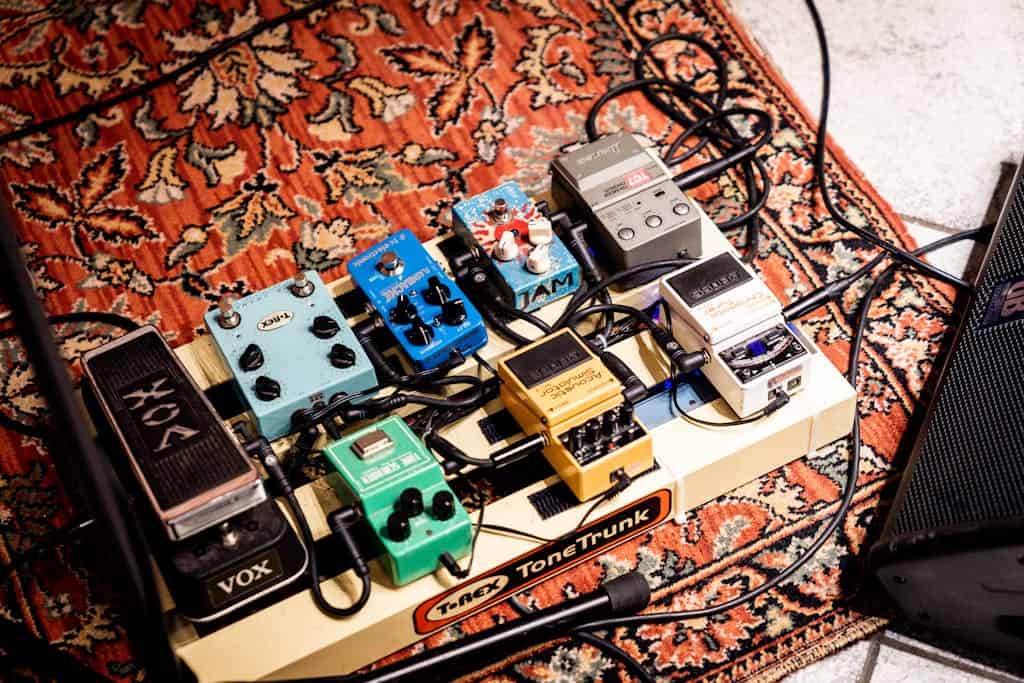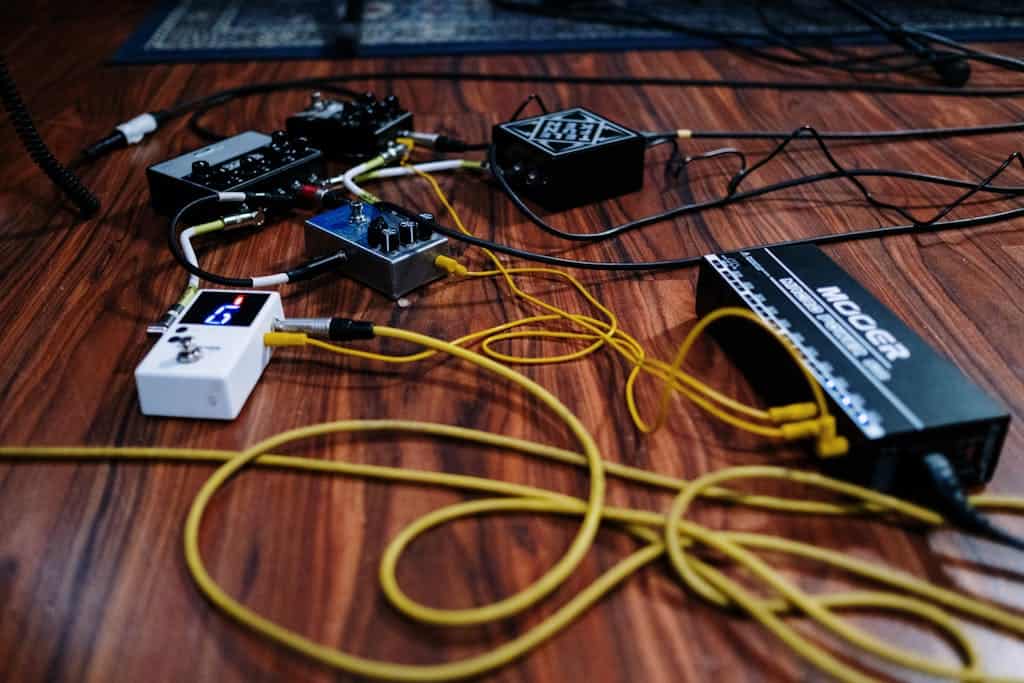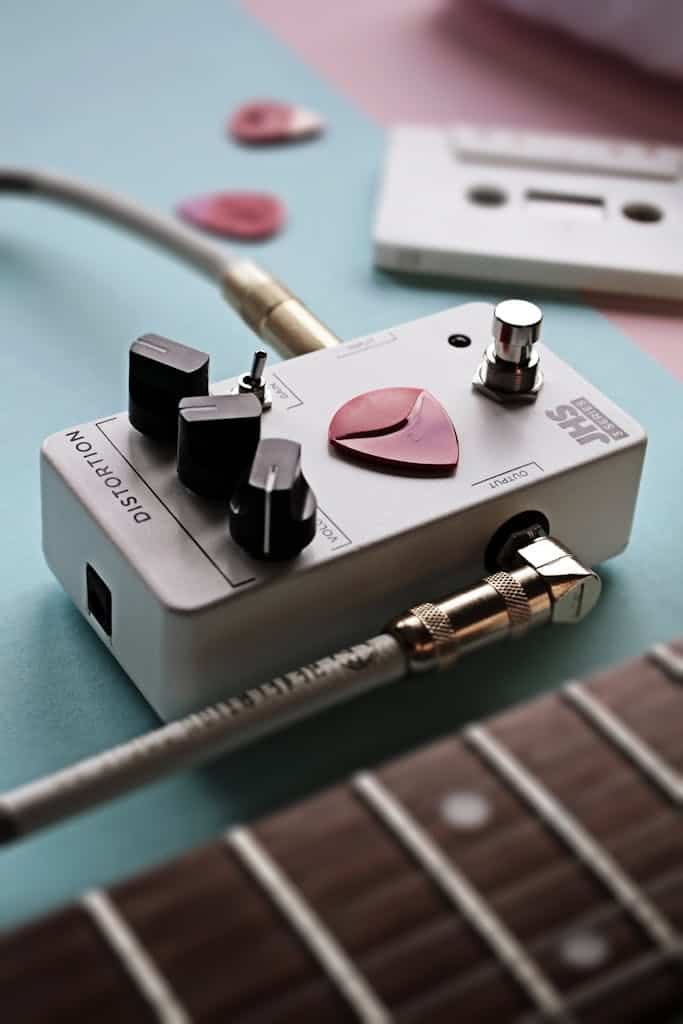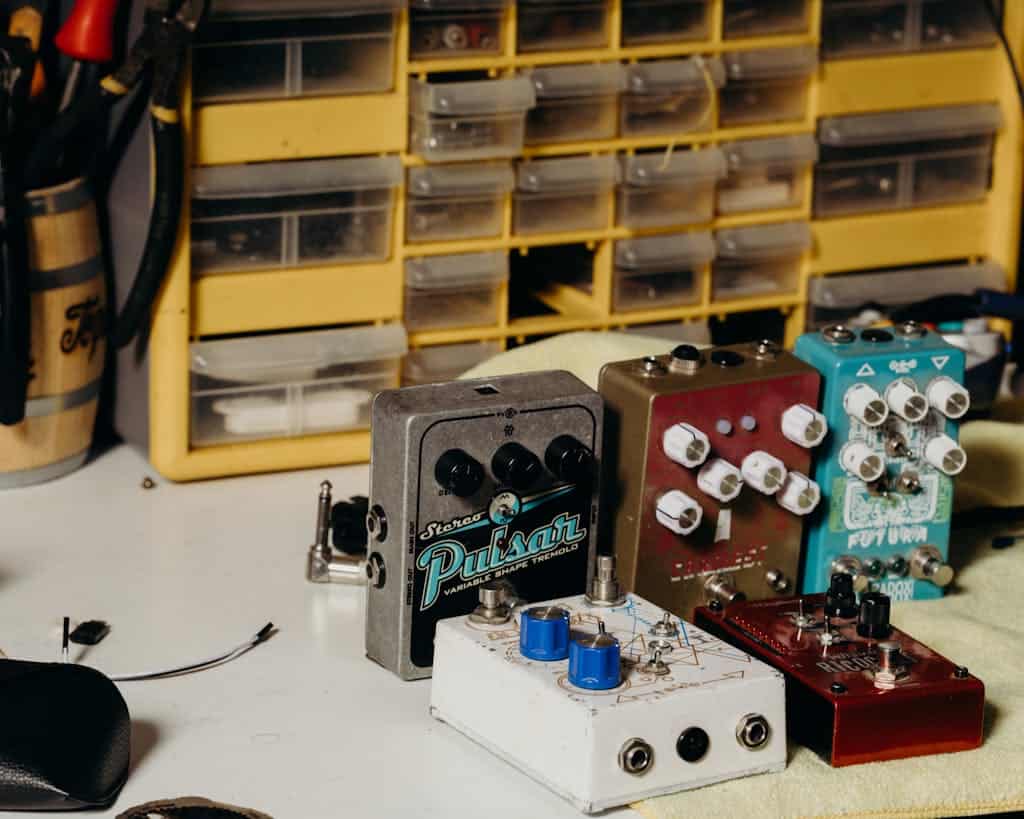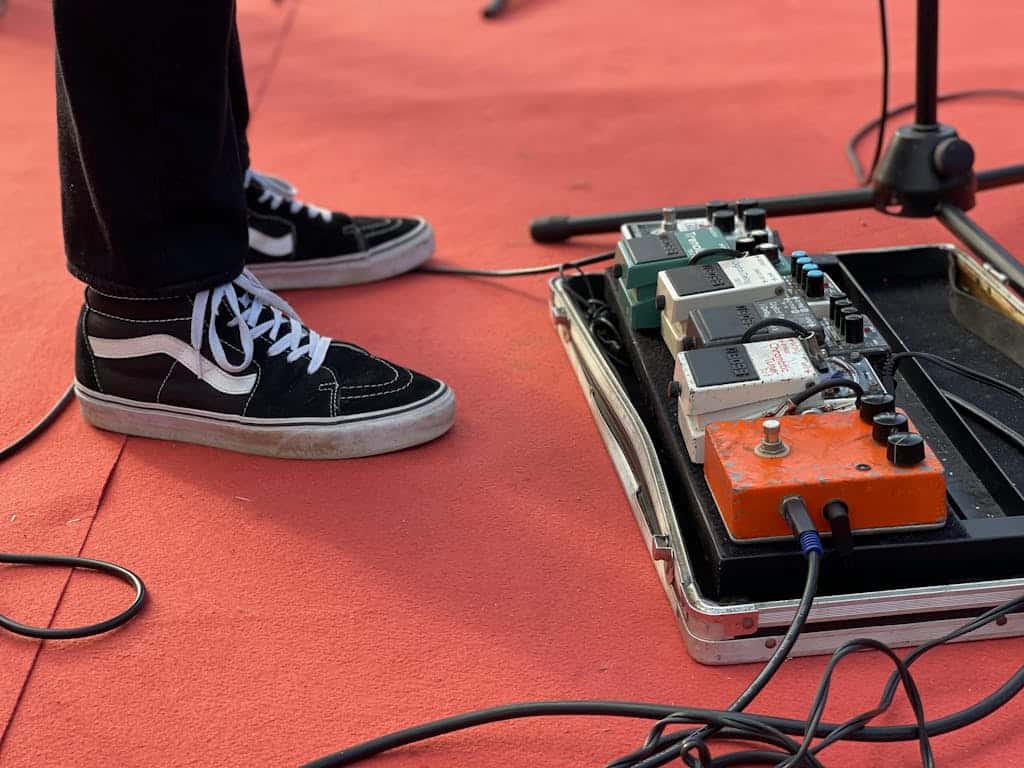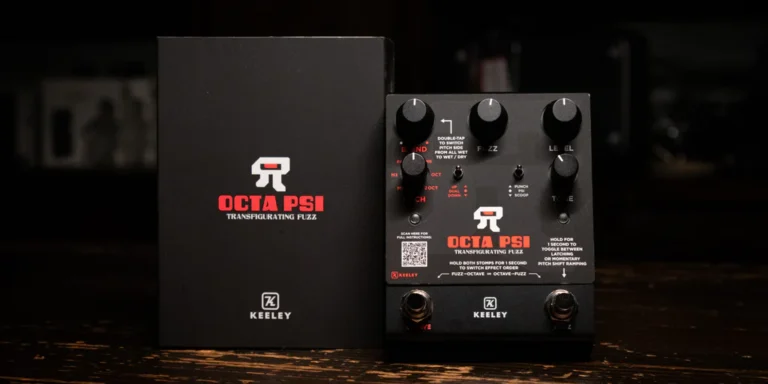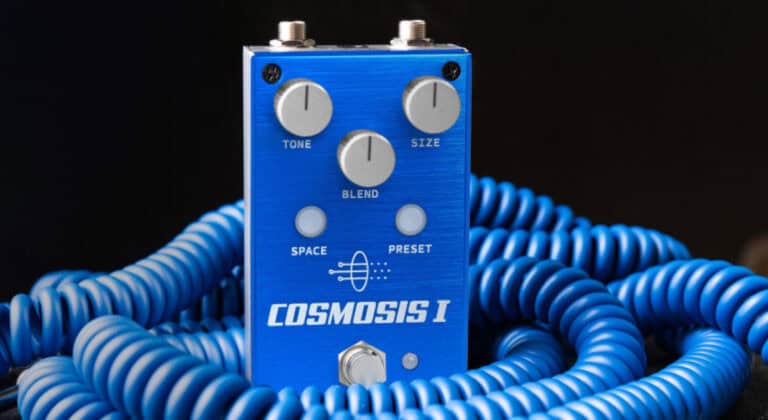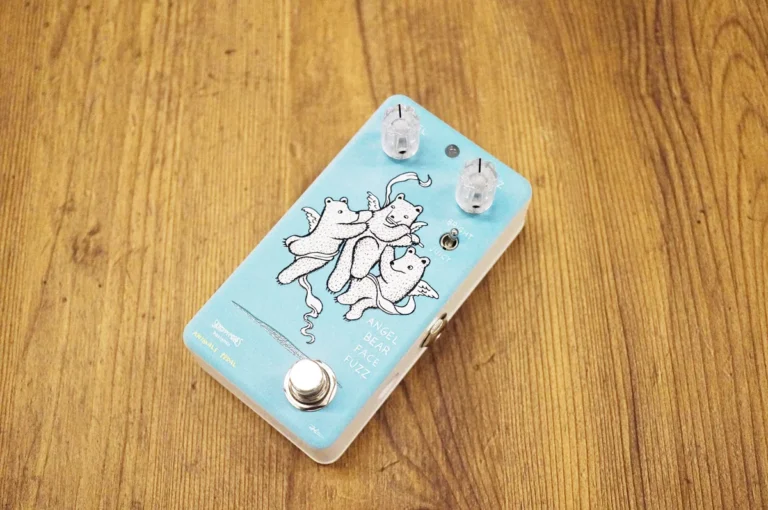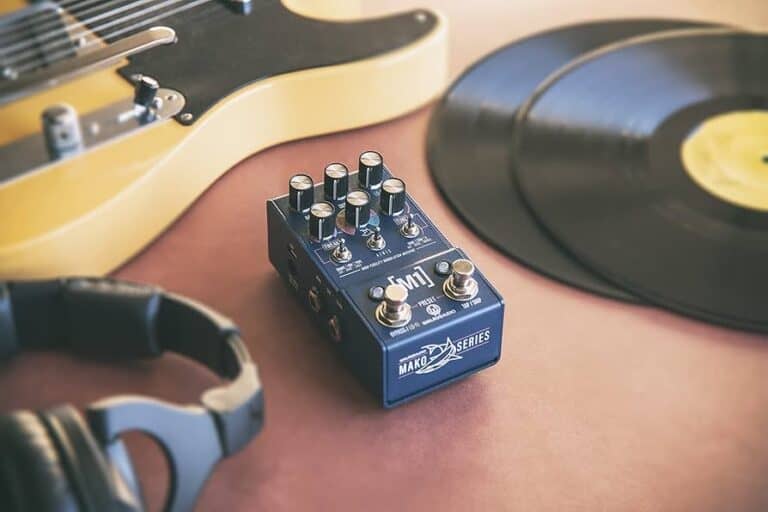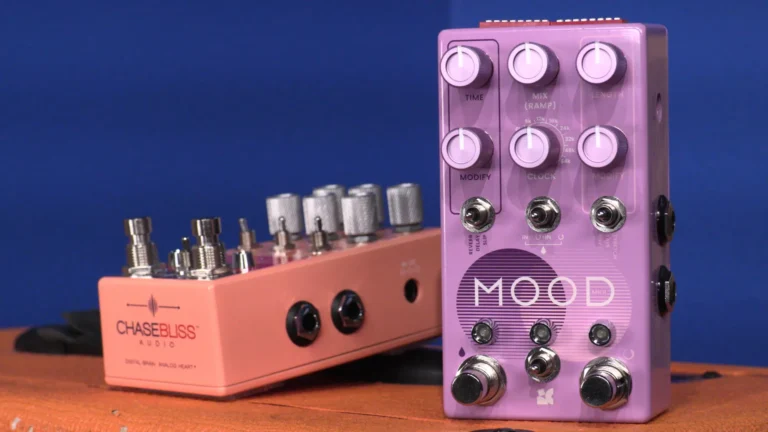The History of Guitar Effects Pedals: From Early Experiments to Boutique Innovations
Guitar effects pedals have revolutionized the way musicians shape their sound. From the earliest attempts at altering guitar tone to the sophisticated digital processing units of today, effects pedals have played an essential role in defining music across genres. This post explores the history of guitar effects pedals, tracing their evolution from primitive circuits to the thriving boutique industry of today. We’ll examine major milestones, iconic players and songs, and the rise of companies that have shaped the pedal landscape.
The Birth of Guitar Effects: 1940s-1950s
The first efforts to manipulate guitar tone came in the 1940s and 1950s. Amplifier-based tremolo circuits were among the earliest effects, with companies like Fender and Gibson building tremolo features directly into their amps. The DeArmond Tremolo Control, released in the late 1940s, was one of the first stand-alone effects units, using a mechanical fluid-based system to create volume modulation.
In the 1950s, distortion became a desirable effect rather than an unintended byproduct of damaged amplifiers. Some early rock and blues guitarists achieved distorted tones by pushing their tube amps beyond their limits, but in 1961, the Maestro FZ-1 Fuzz-Tone, built by Gibson, became the first commercially available distortion pedal. The pedal’s distinct fuzzy sound was immortalized in (I Can’t Get No) Satisfaction by The Rolling Stones, helping to introduce fuzz effects to the masses.
The Explosion of Effects: 1960s-1970s
The 1960s saw a boom in effects pedal development as manufacturers sought new ways to manipulate guitar sounds. The introduction of the Vox Wah-Wah in 1967 brought a new level of expressiveness to guitar playing, with players like Jimi Hendrix and Eric Clapton popularizing its sweeping tonal shifts. The Dallas-Arbiter Fuzz Face, first released in 1966, became a staple for psychedelic rock musicians, particularly Hendrix. Meanwhile, the Electro-Harmonix Big Muff Pi arrived in 1969, offering thick, sustaining fuzz tones that would become essential in hard rock and grunge. Another key innovation of the era was the Univox Uni-Vibe, a modulation effect that created a swirling, phase-shifted sound used prominently by Hendrix on Machine Gun.
The 1970s continued the momentum with further advancements in effects technology. The MXR Phase 90, introduced in 1974, provided an easy-to-use phaser that became integral to Eddie Van Halen’s sound. The introduction of the BOSS OD-1 Overdrive in 1977 helped bridge the gap between clean and distorted tones, paving the way for modern overdrive pedals. Delay effects also became more widespread with the Electro-Harmonix Memory Man, which brought analog delay into the mainstream.
The Rise of Digital Effects: 1980s-1990s
The 1980s ushered in a new era of digital processing, allowing for greater precision and flexibility in effects. The BOSS DD-2 Digital Delay, released in 1983, offered crystal-clear echoes that could be manipulated with unprecedented accuracy. Meanwhile, the Ibanez Tube Screamer TS9, though an analog circuit, became one of the most beloved overdrive pedals, favored by blues and rock players such as Stevie Ray Vaughan. The Digitech Whammy, introduced in 1989, allowed guitarists to experiment with pitch shifting, an effect that became a defining element in alternative and metal music.
The 1990s saw further expansion in effects technology, with the rise of multi-effects units like the Line 6 POD. These devices provided players with multiple effects and amp modeling in a single package, making them highly appealing for both studio and live settings. Digital modeling technology had arrived, and it was here to stay.
The Boutique Boom: 2000s-Present
While mass-produced pedals remained popular, the early 2000s saw the rise of boutique pedal companies focused on craftsmanship and unique sound design. Companies such as Keeley Electronics, Fulltone, Wampler, JHS Pedals, and EarthQuaker Devices began producing high-quality, handmade effects that catered to players seeking distinct and customizable tones. Boutique pedal manufacturers emphasized attention to detail and innovative designs, often reimagining classic effects in new and exciting ways.
Some of the most significant boutique and high-end pedal innovations in recent years include the Strymon Timeline, a high-end digital delay pedal offering studio-quality delay effects, and the Chase Bliss Audio Mood, which showcases how modern pedal technology can blend ambient reverb and looping capabilities into a single unit. The Analogman King of Tone, a sought-after dual overdrive pedal with a legendary waitlist, also exemplifies the growing demand for high-quality, handmade effects.
The Most Influential Pedals in History
Certain pedals have stood the test of time, becoming essential tools for guitarists across all genres. The BOSS DS-1 Distortion remains one of the most widely used distortion pedals, appearing on countless classic recordings. The Electro-Harmonix Big Muff Pi continues to be a favorite among rock, metal, and shoegaze guitarists for its thick, saturated fuzz. The Ibanez Tube Screamer TS808 and TS9 remain go-to choices for blues and rock players, offering a smooth and responsive overdrive. The MXR Phase 90, with its simple design and lush modulation, has remained a favorite among guitarists looking to add depth to their sound. Meanwhile, the Digitech Whammy continues to be a go-to tool for those looking to add dramatic pitch-shifting effects.
The Future of Guitar Effects Pedals
As technology continues to evolve, guitar effects pedals are becoming more advanced and versatile than ever. The rise of digital modeling and DSP-based effects has allowed for hyper-realistic recreations of classic tones, while modern pedal designers continue to push the boundaries of sound manipulation. Stompbox-sized multi-effects units, such as the Line 6 HX Stomp and Neural DSP Quad Cortex, offer the flexibility of digital technology combined with the intuitive feel of traditional pedals. At the same time, boutique companies continue to experiment with analog circuits and hand-wired craftsmanship, ensuring that the demand for high-quality, unique pedals remains strong.
Conclusion
The history of guitar effects pedals is a testament to human ingenuity and creativity. From the earliest fuzz circuits to today’s high-tech digital processors, pedals have shaped the sound of music for generations. Whether mass-produced classics or boutique handmade units, effects pedals remain an essential part of the guitarist’s creative toolkit, continually evolving to inspire new sounds and new players for years to come.
